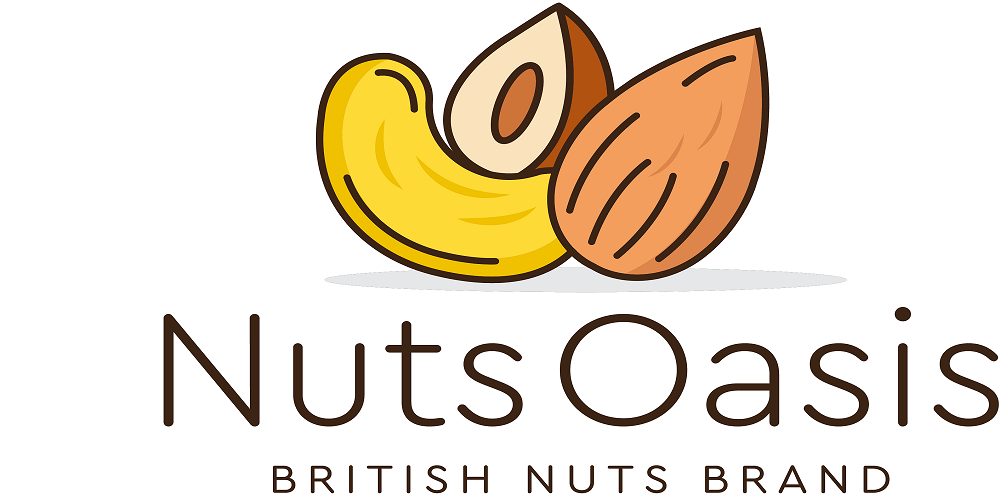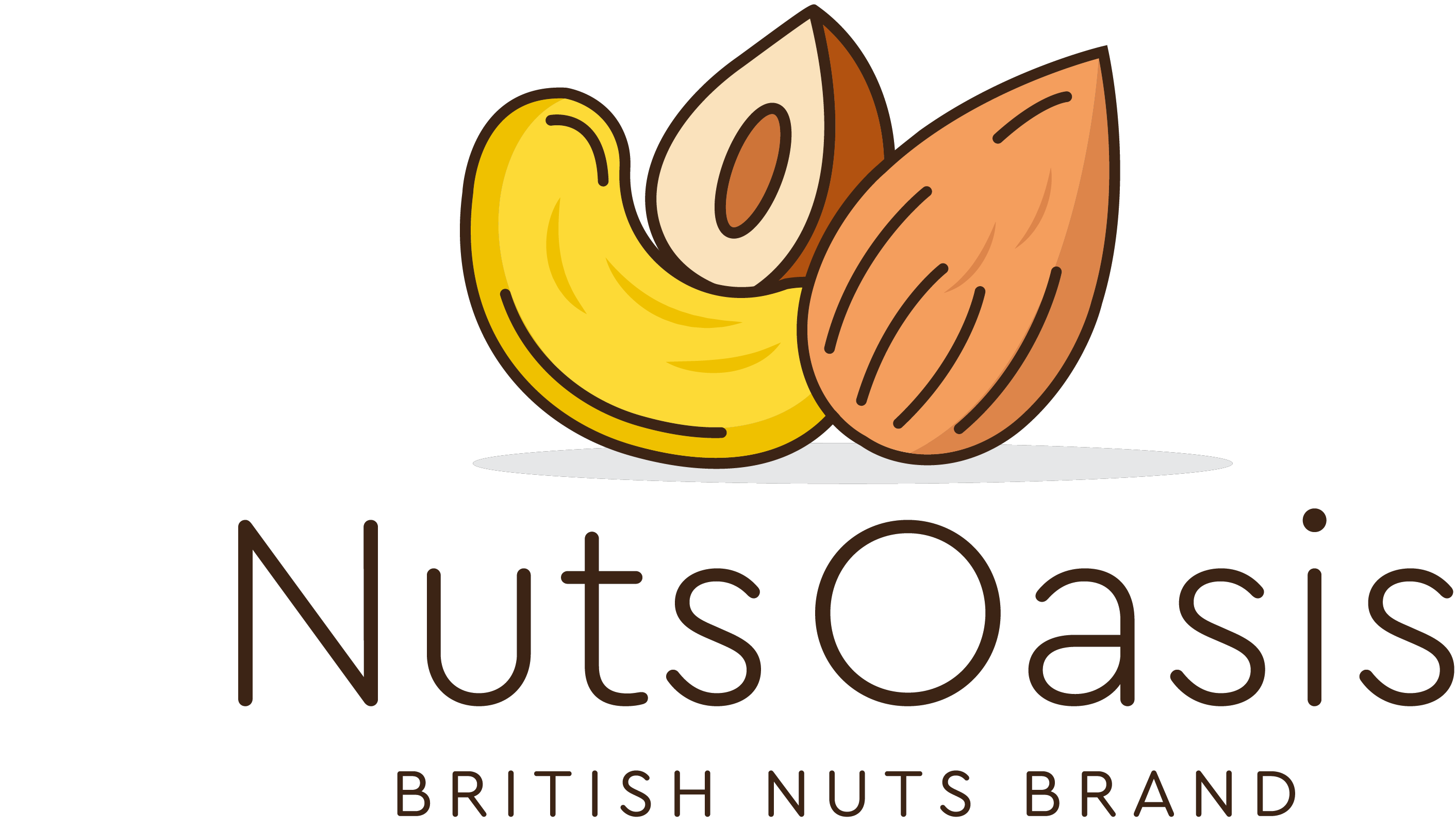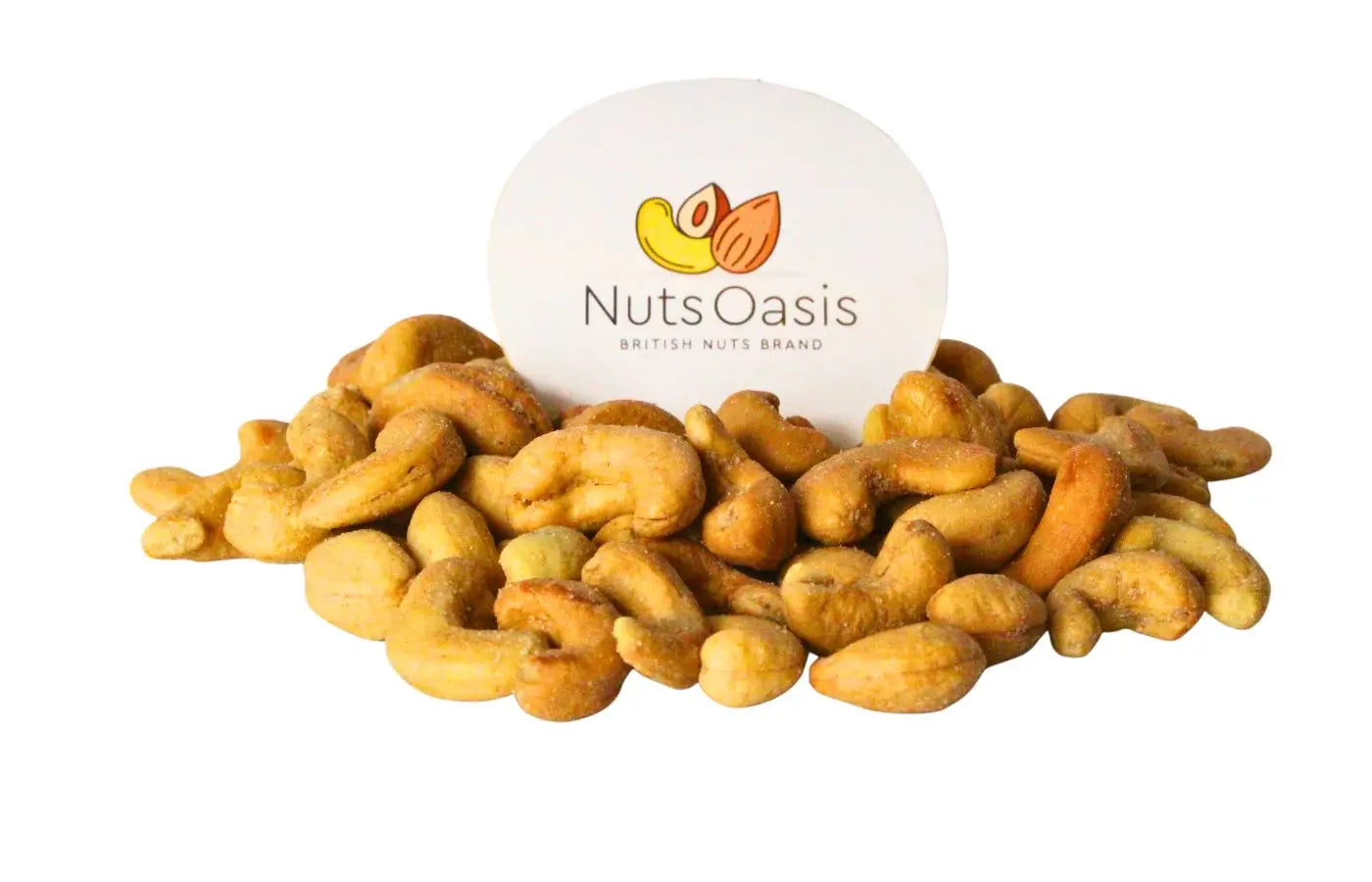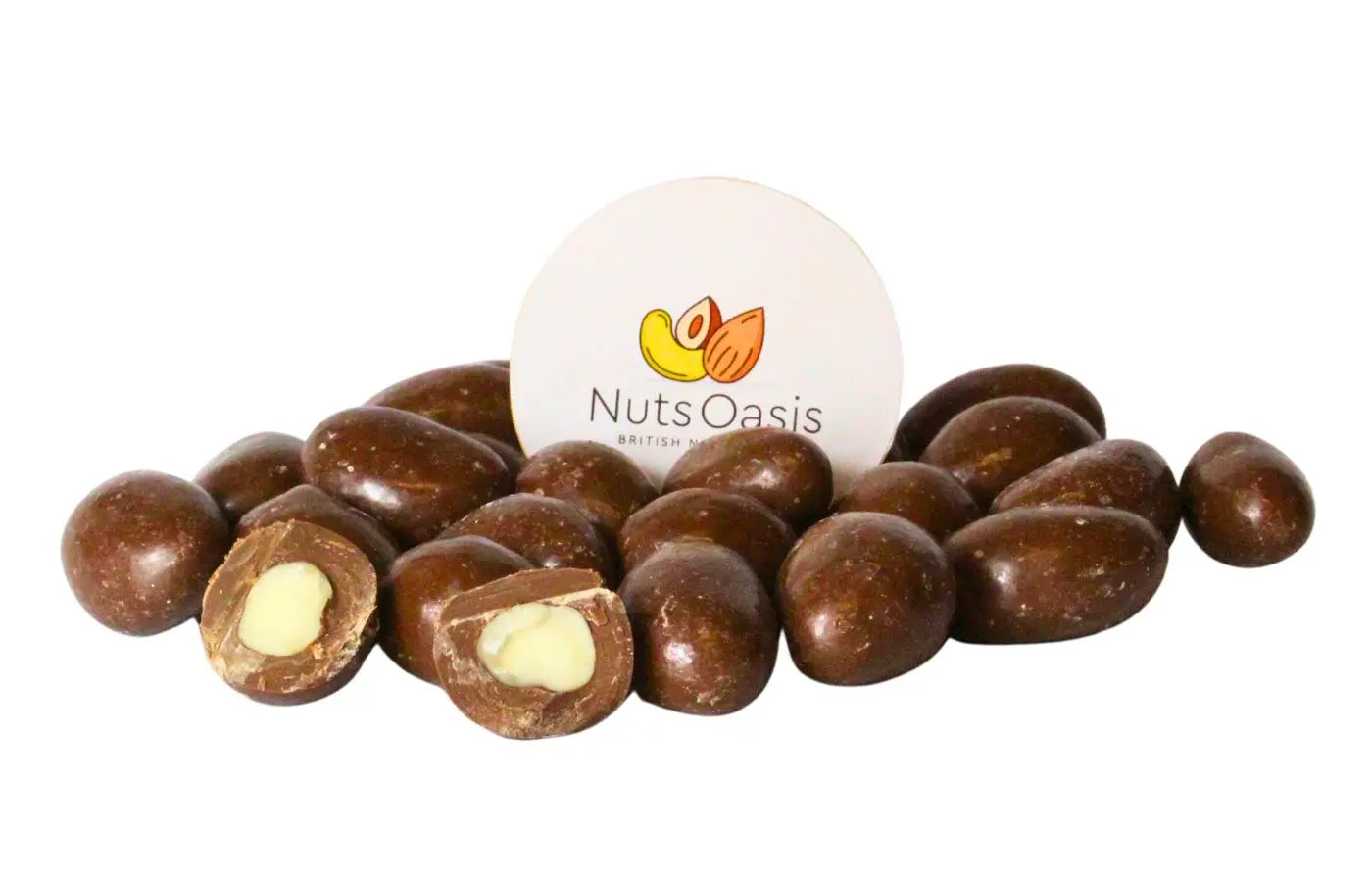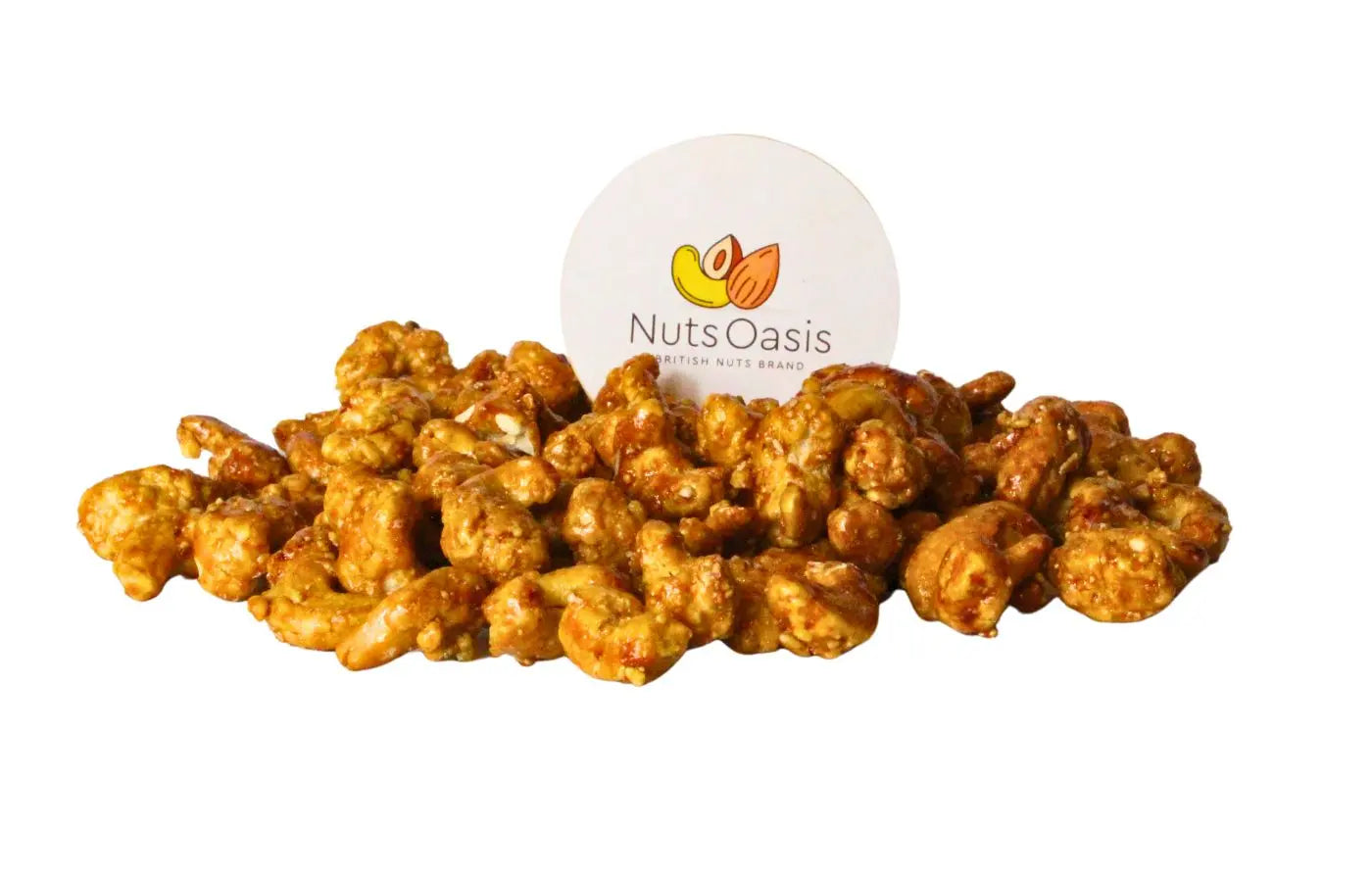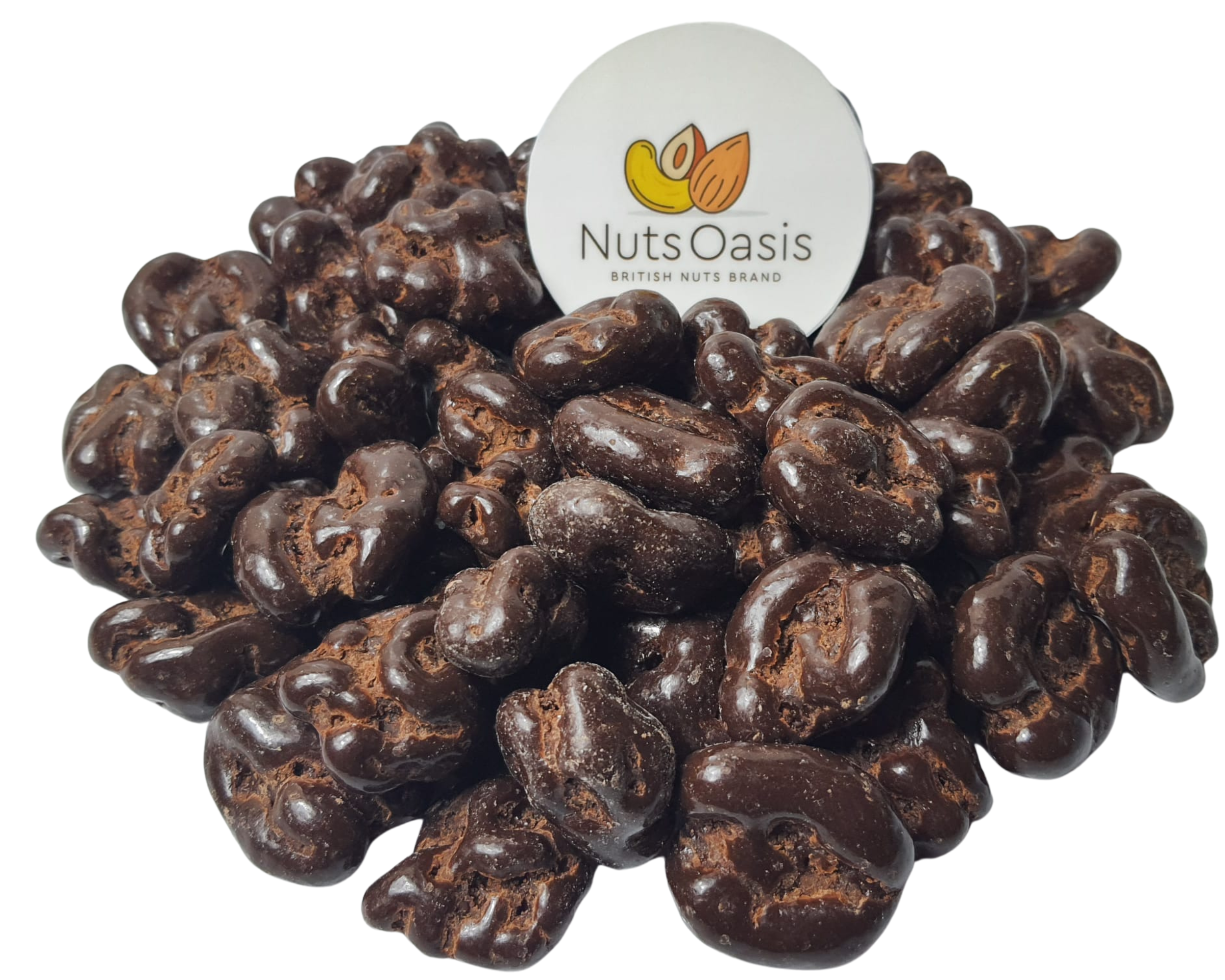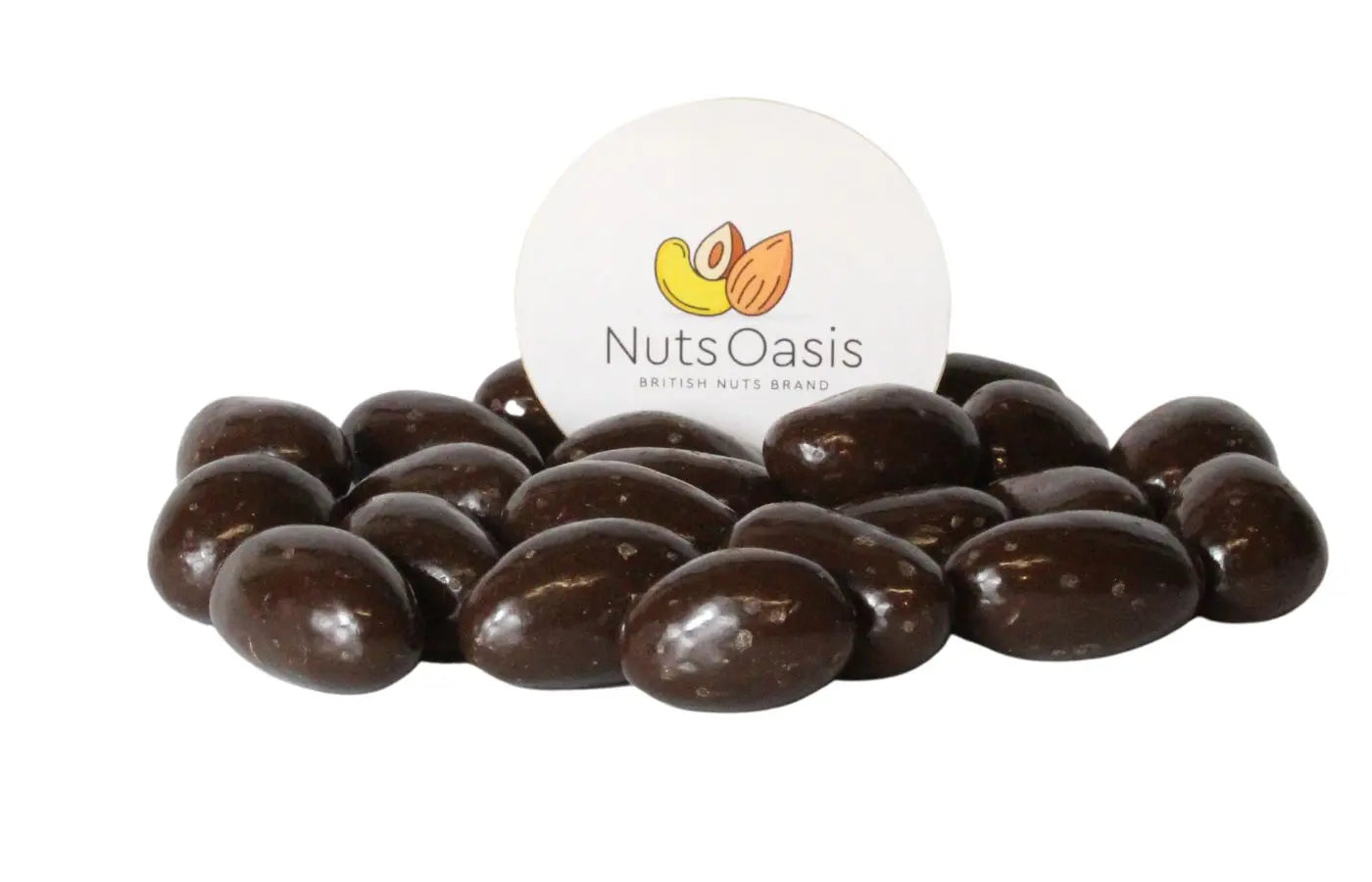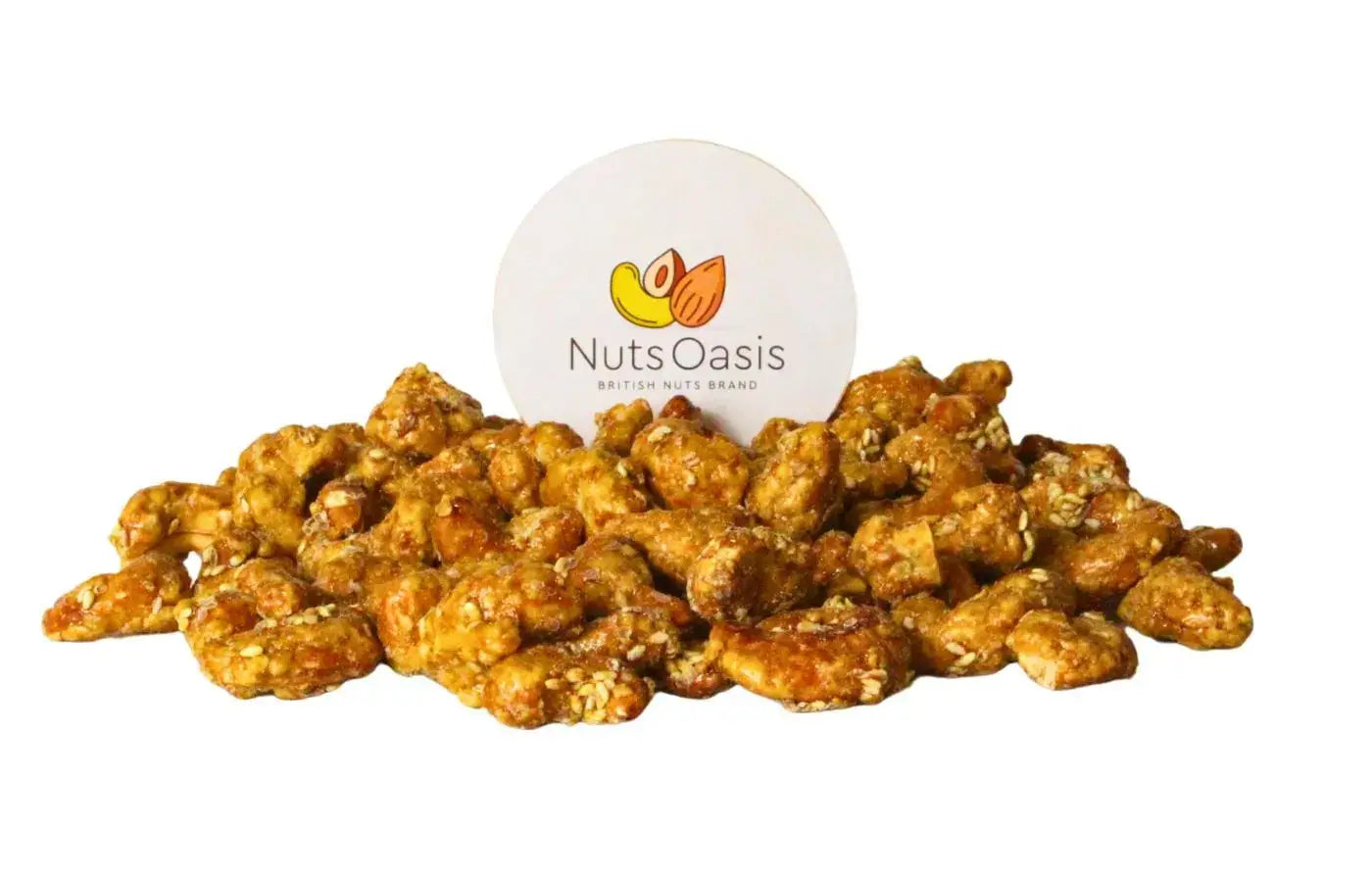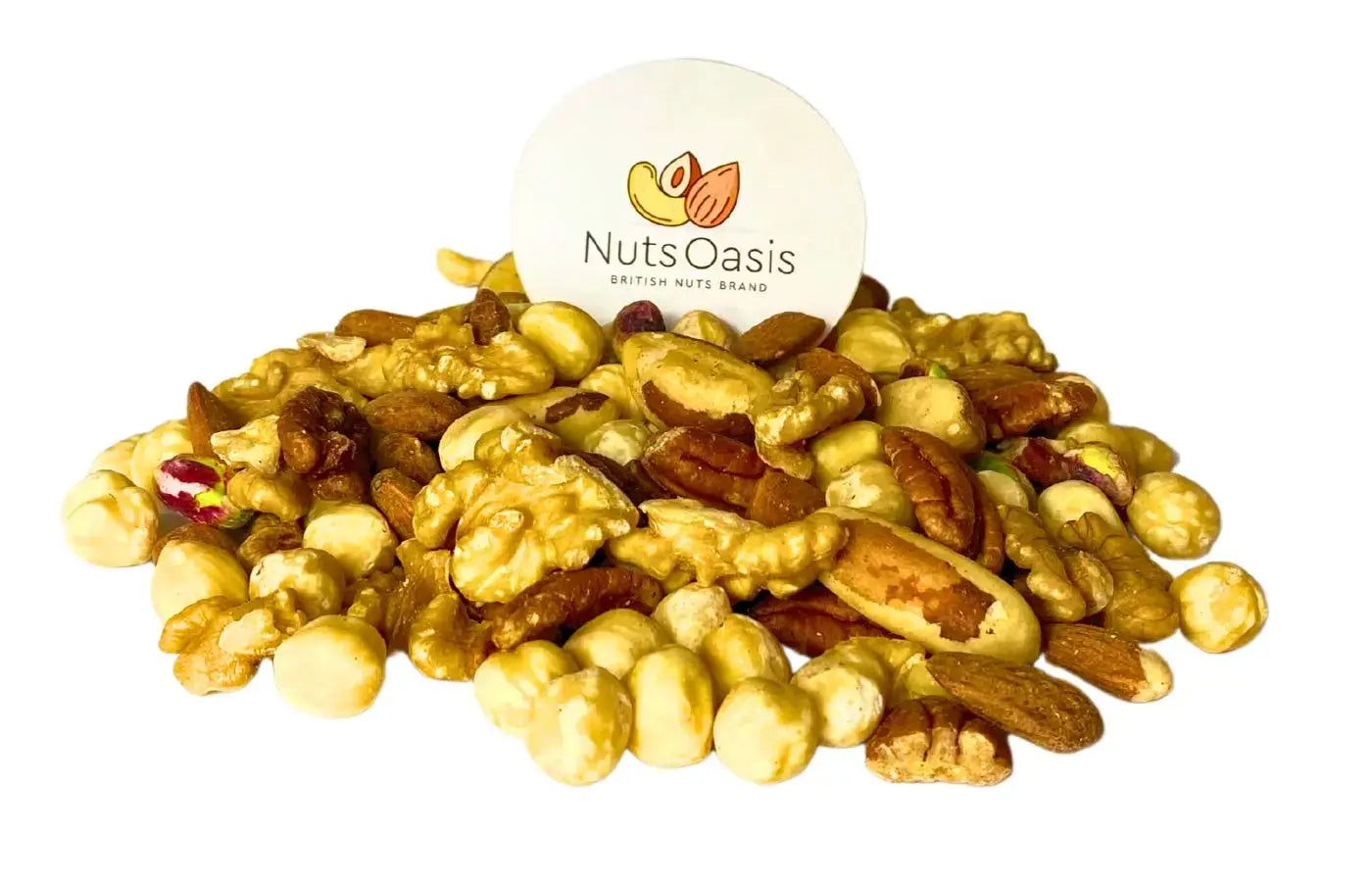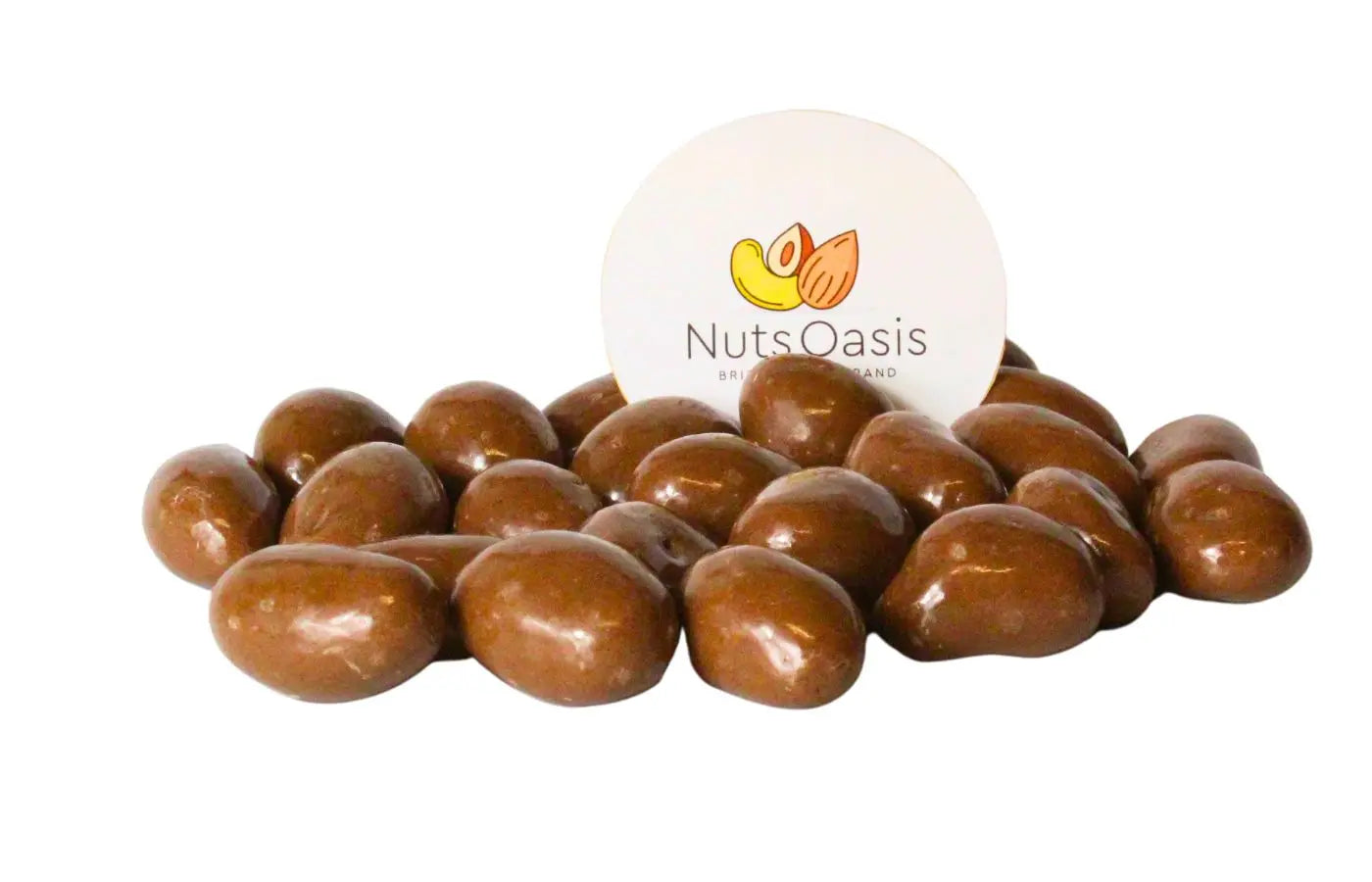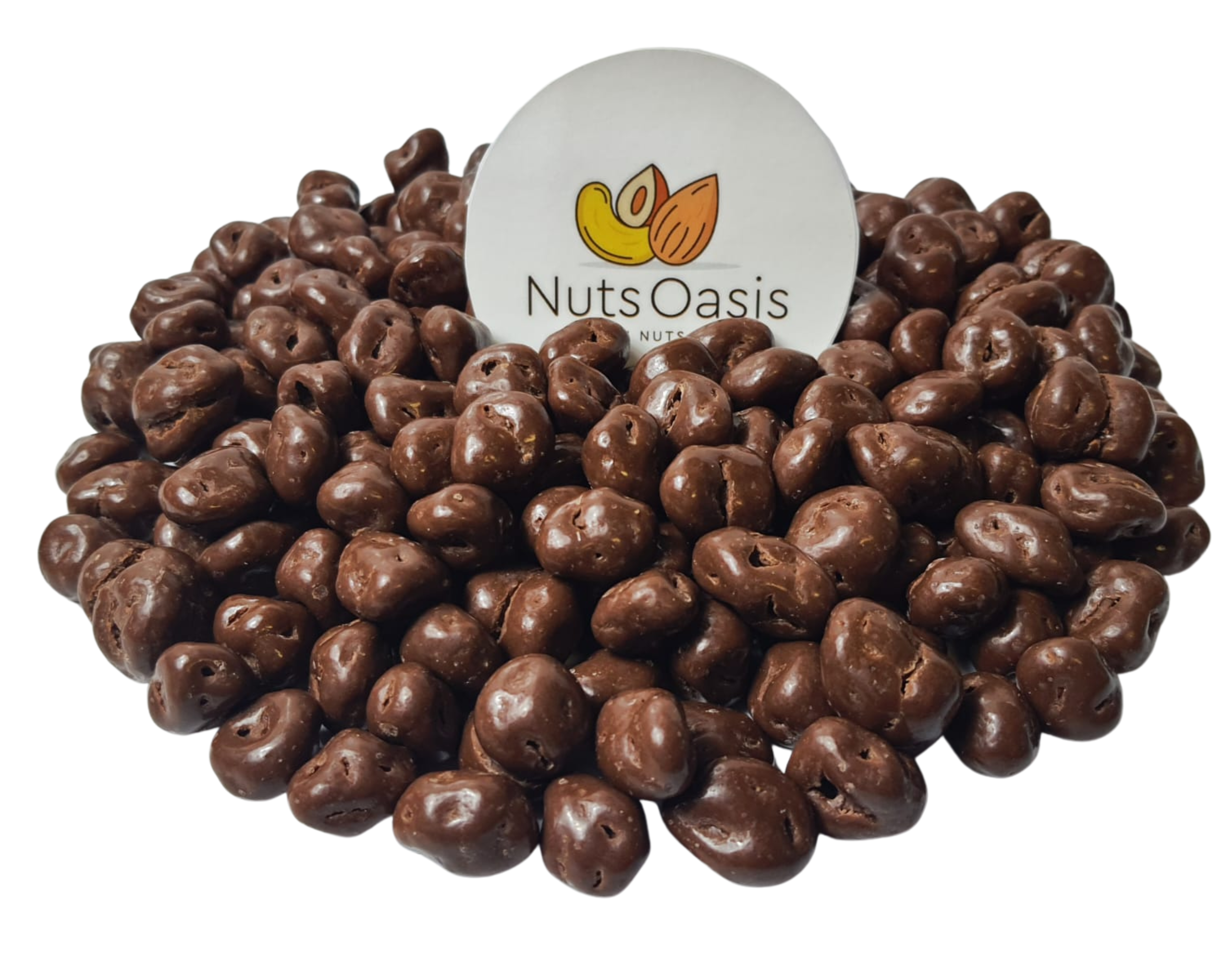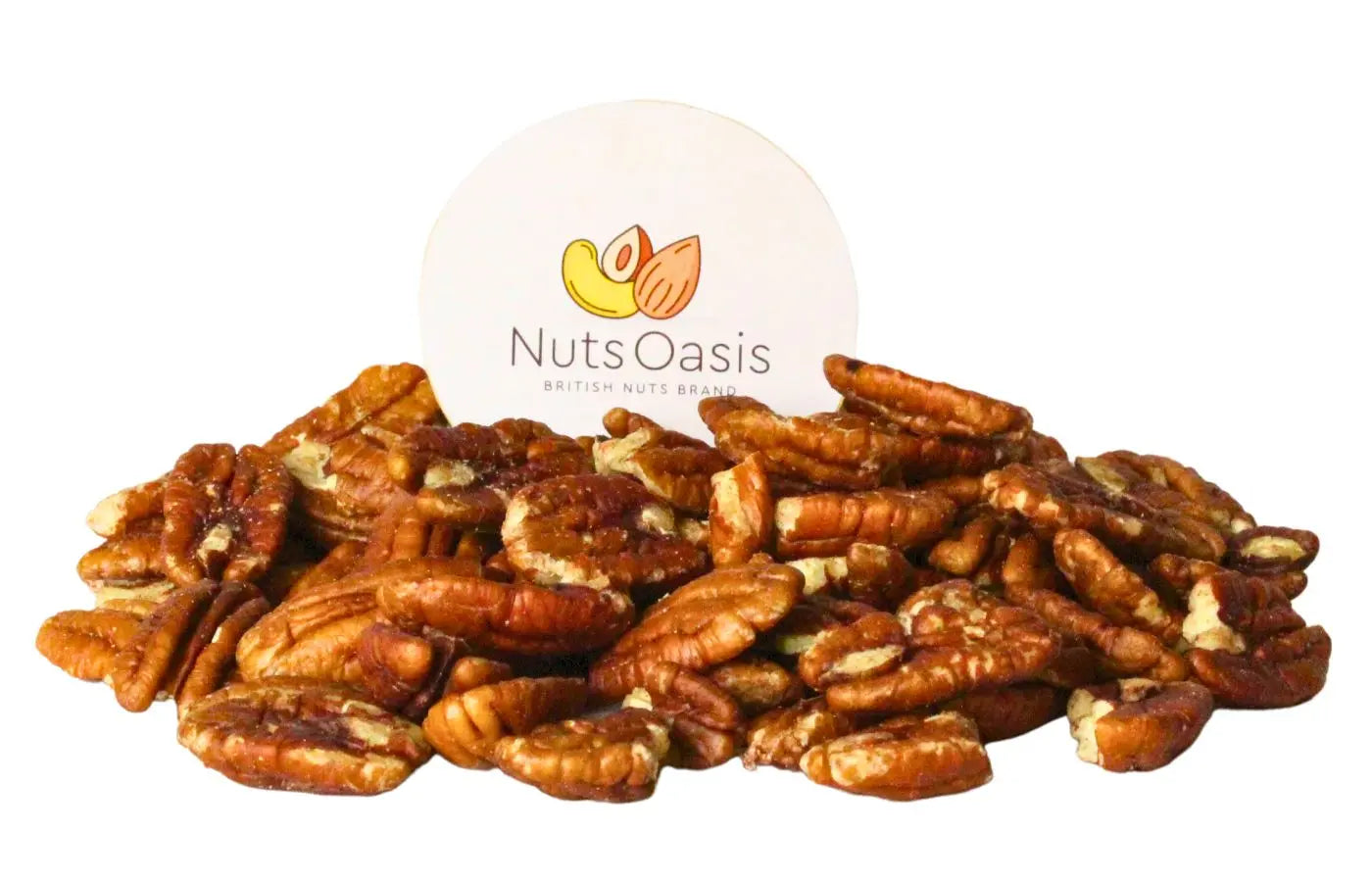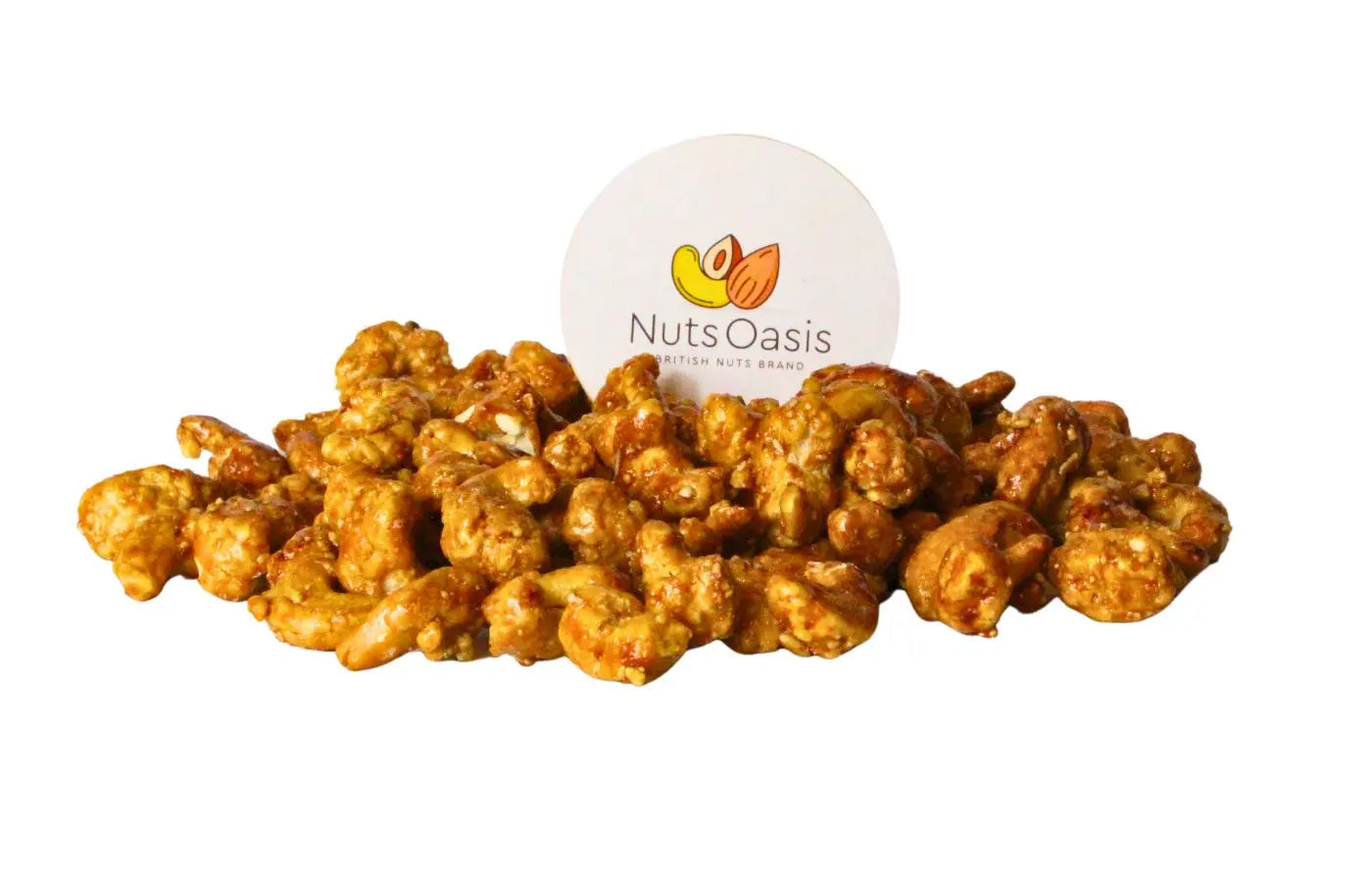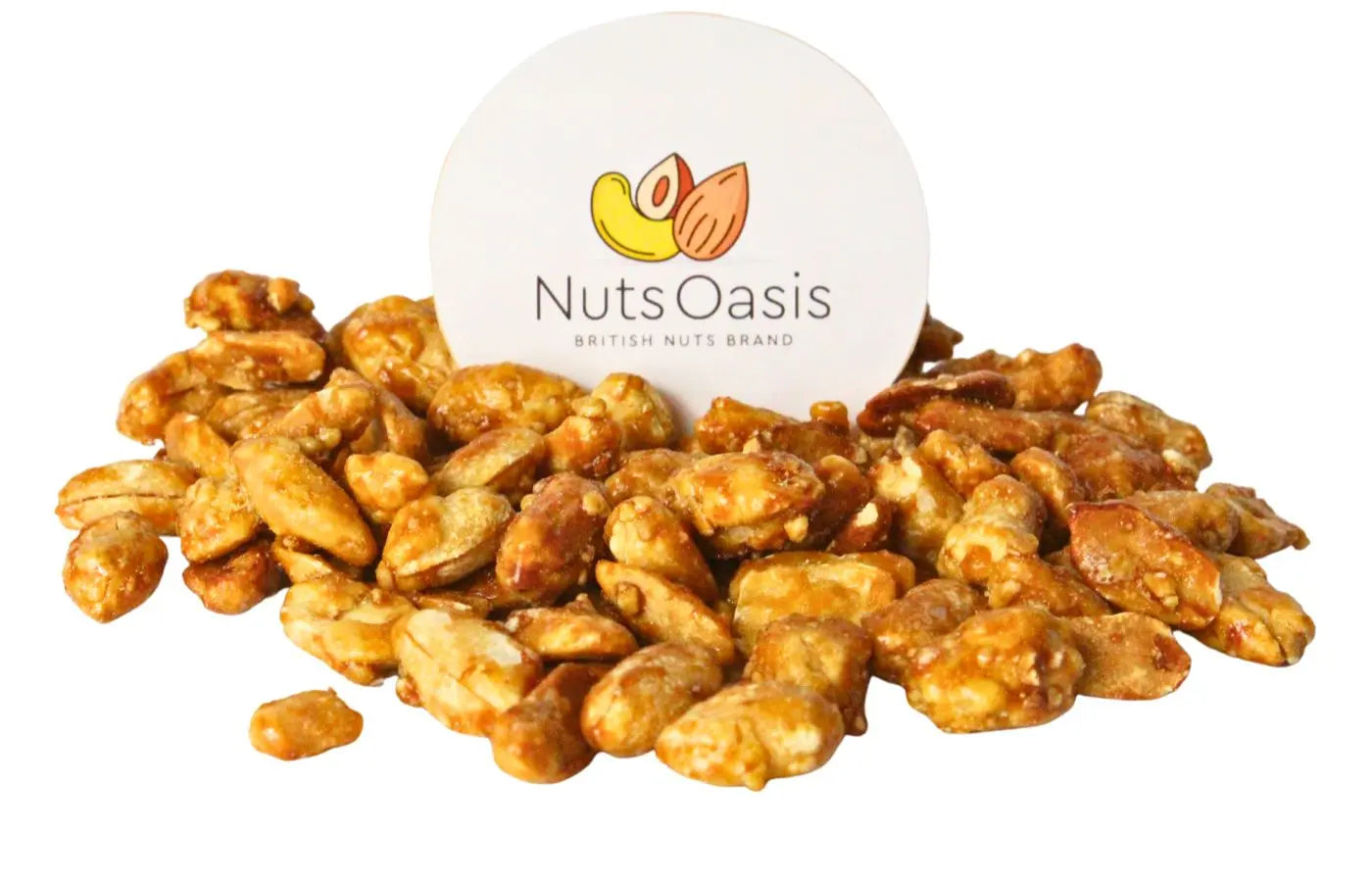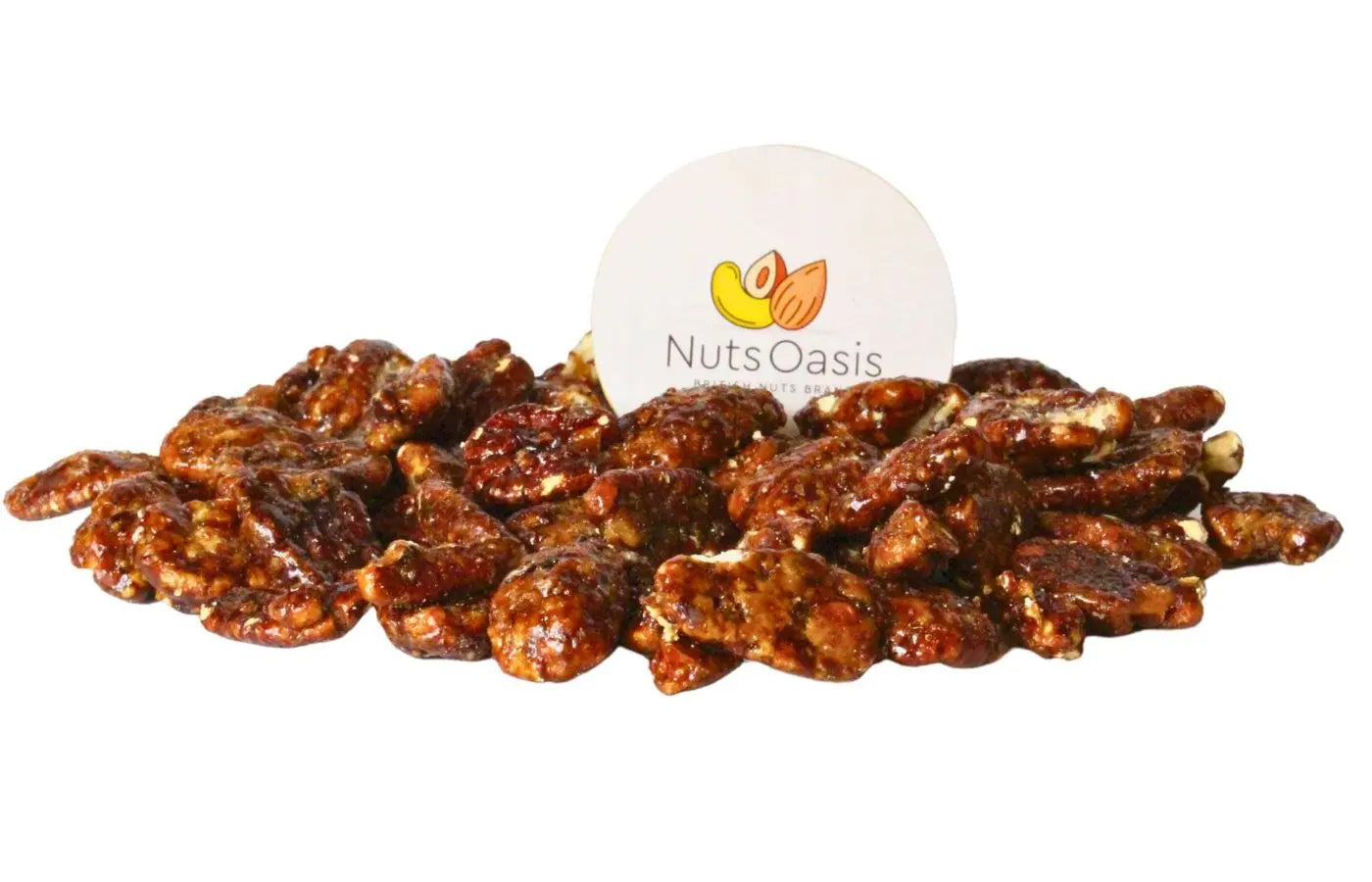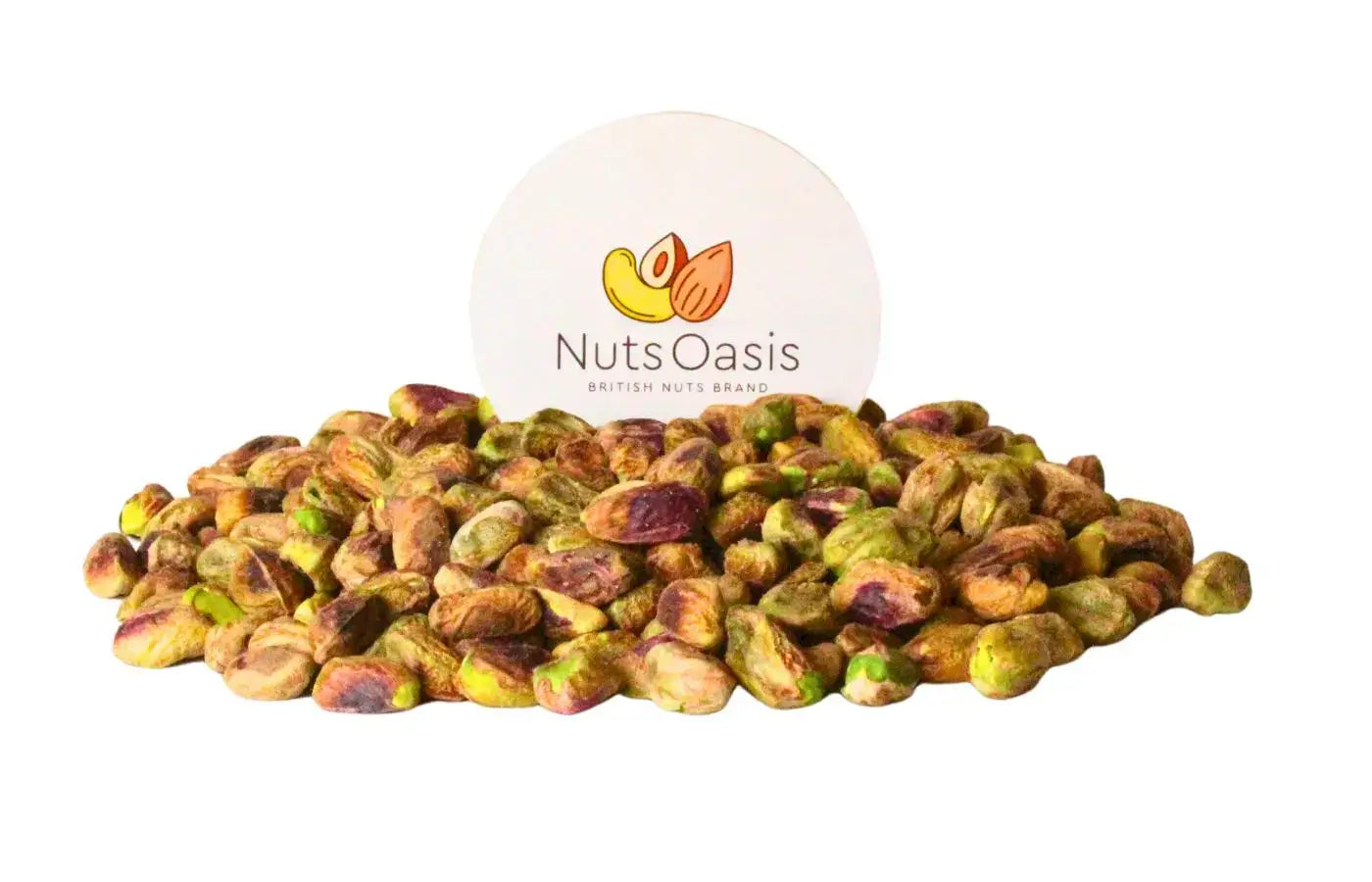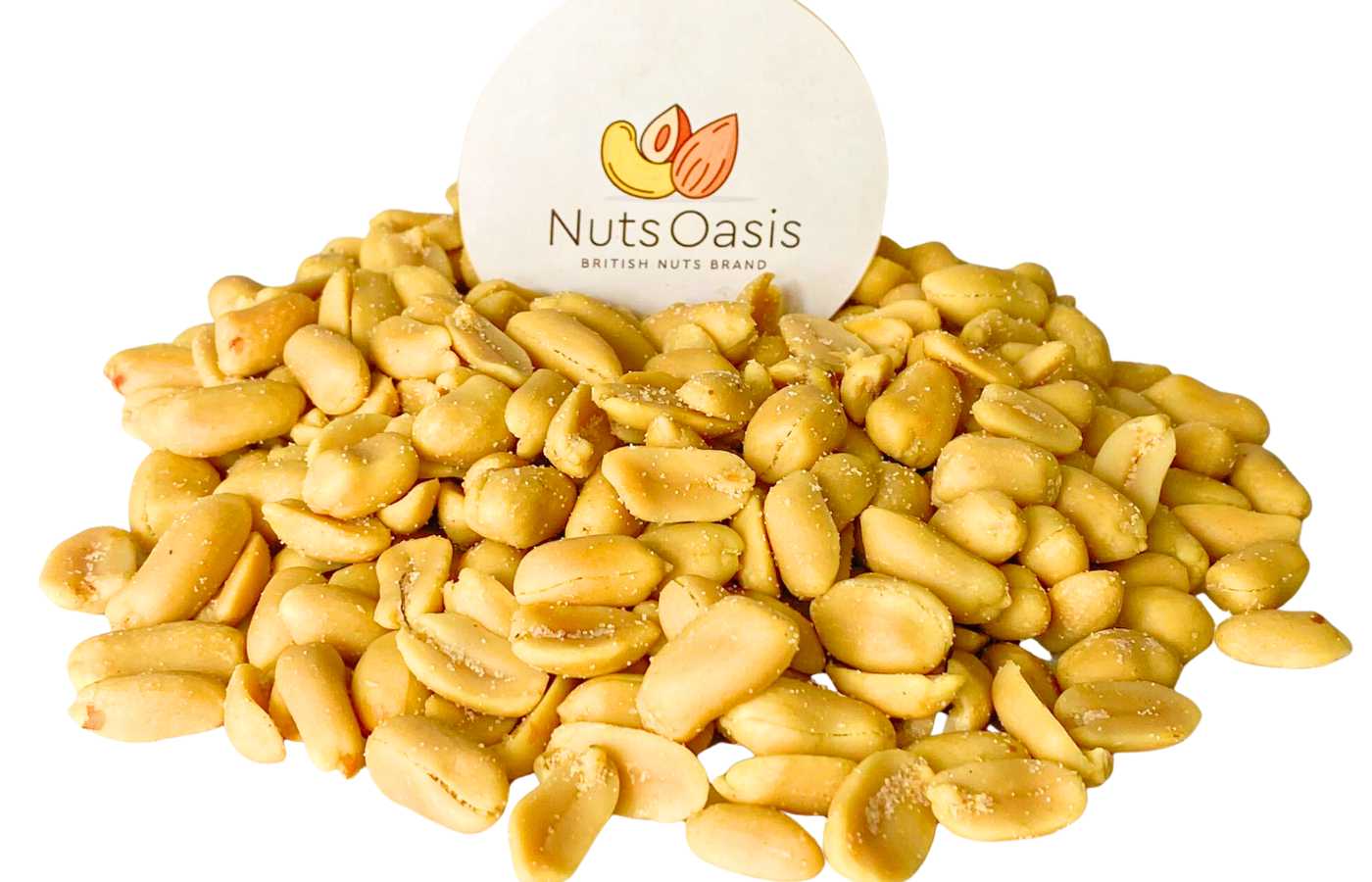
The Cashew Tree and Dwarf Cashew Cultivars

The Cashew Tree and Dwarf Cashew Cultivars

The Cashew tree is a tropical, evergreen tree that produces cashew apple accessory fruit and cashew seed. The tree can grow up to 14 metres in height. Dwarf cultivars, which only grow to about six metres, are available and have higher yields and earlier maturity. In addition, dwarf cultivars have excellent disease resistance, making them suitable for small gardens.
Nut
The cashew tree is a tropical, evergreen tree that produces the cashew nut, cashew apple accessory fruit, and seed. It can grow up to 14 metres in height. However, there are dwarf cultivars that only grow to six meters in height. These varieties yield a higher yield.
The outer shell of the cashew nut is a smooth, bright brown color. The shell contains a substance called urushiol, which is a poison. The cashew kernel is considered a high-nutritional nut. The skin is thin and reddish brown.
Cashews are commonly used in South Asian and Indian cuisine. They are often eaten whole, as a garnish, or ground up into a paste for sauces. They are also used in Chinese and Thai cuisine, especially in desserts. In the Philippines, they are used in the preparation of turrones de casuy, a sweet made from cashew marzipan.
Fruit
The cashew tree is a tropical evergreen tree that yields the cashew seed and cashew apple accessory fruit. It can grow up to fourteen metres in height. However, there are dwarf cultivars that grow to only six metres, and produce significantly more fruit. Dwarf cultivars have higher yields and earlier maturity than their larger cousins.
The fruit is small in size and has a bulbous or pear shape. Its skin is very thin and turns golden yellow and red when ripe. The flesh is soft and spongy, and the taste is sweet and astringent.
Nutrition
The cashew tree is a tropical evergreen tree that yields the cashew seed and the accessory fruit known as the cashew apple. It can grow to a height of 14 metres. Its smaller dwarf cultivars grow to six metres or less and produce greater yields. The cashew is a very nutritious food that has many health benefits.
But the cashew industry is not without its problems. Malnutrition is widespread in many countries where cashew is grown. This malnutrition is particularly damaging to children. This prevents them from developing their full physical and cognitive potential. To tackle this problem, Olam has been working with cashew farmers in Cote d'Ivoire since 2011. The company has worked to provide technical training and support to smallholders to help them increase their incomes.
Health benefits
A study has shown that people who eat cashews have a lower risk of coronary heart disease. Additionally, cashews are a good source of magnesium, an important mineral that plays a role in over 300 enzymatic reactions. Magnesium also helps relax muscles and transmit nerve impulses. People with low levels of magnesium are at risk for metabolic syndrome, insulin resistance, and coronary heart disease.
The health benefits of cashew nuts go beyond its nutritional value, however. These nuts can be particularly beneficial for pregnant women who are underweight or trying to put on weight. As they are high in calories and fats, they can help a woman gain weight while she is carrying her child. They are also rich in magnesium, which helps prevent cramps and headaches during pregnancy. They also contain vitamin K, which promotes blood clotting in pregnant women and prevents hemorrhaging.
Harvesting
Cashews are a nut that has high nutritional value. Harvesting them is an easy process that will produce a high yield. Cashews grow on four to eight-inch terminal panicles with five to eleven laterals. The flower panicles are composed of male and female flowers. Male flowers have a single large stamen and female flowers have five to nine smaller stamens. When the cashew tree reaches maturity, it will bear one or more cashew nuts.
Cashew harvesting involves many different processes. The first step is preparing the harvest site. The harvesting site is scoured of weeds, and dried leaves and dry leaves are removed. Then, workers collect the cashew nuts from the tree using baskets and sacks. Cashews are often harvested in multiple stages during the year due to the tree's tendency to produce many fruit.
